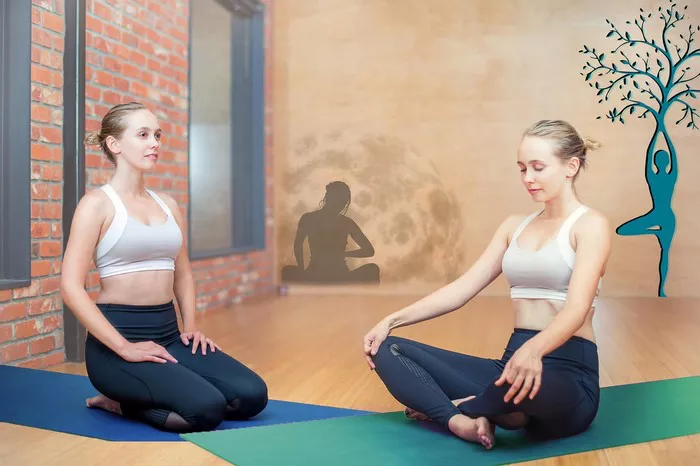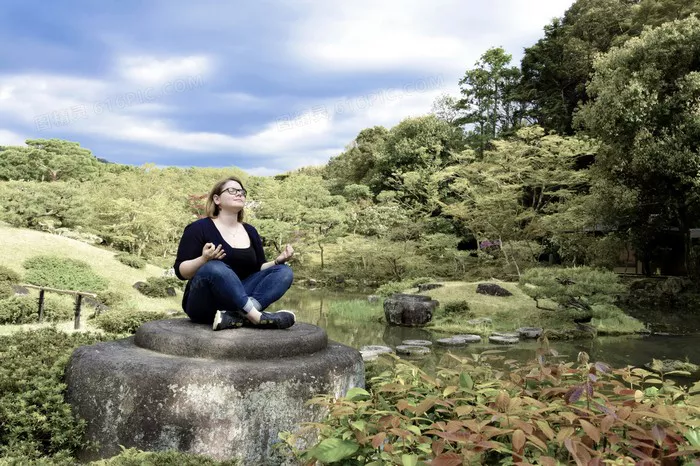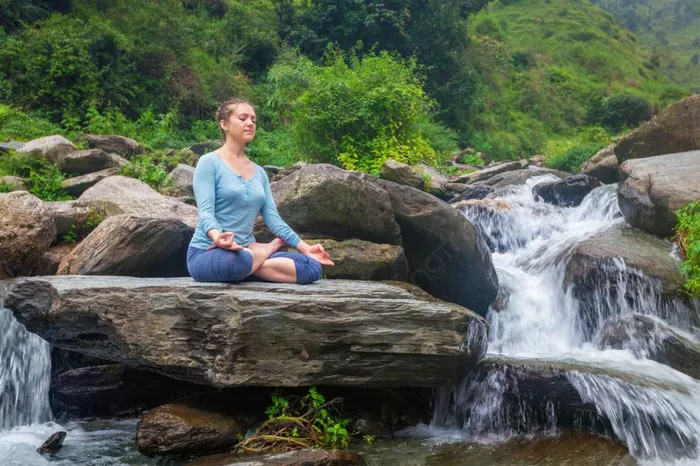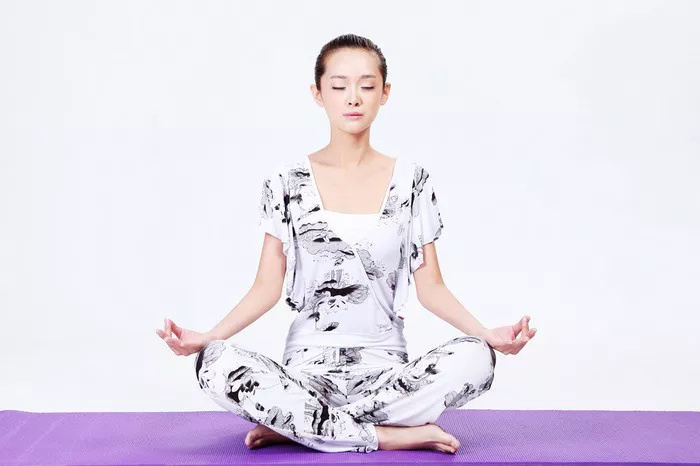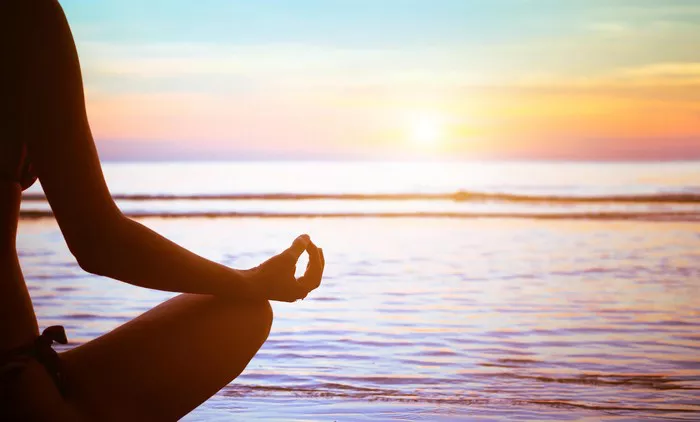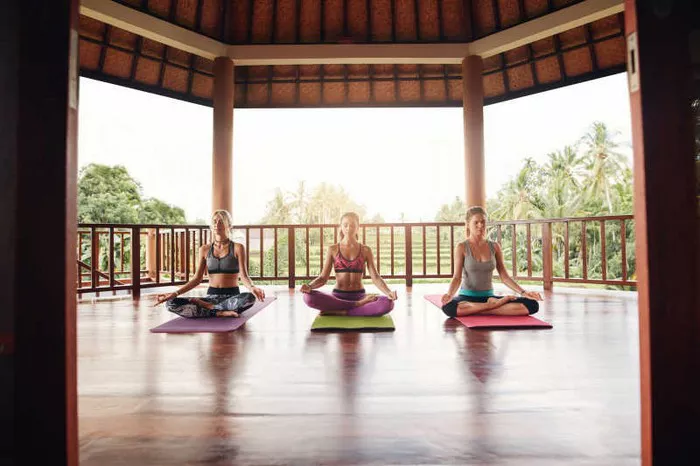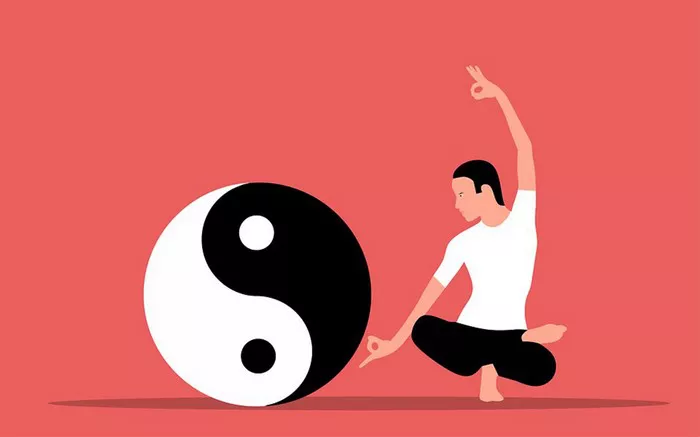Yoga is a powerful practice that harmonizes the mind, body, and spirit. It has been practiced for thousands of years, offering numerous physical, mental, and emotional benefits. However, one of the most common questions among practitioners—whether beginners or experienced yogis—is: “How long should a yoga session be?” The ideal duration of yoga depends on various factors, including personal goals, experience level, time availability, and physical condition. In this article, we will explore different yoga session lengths and how to choose the best duration for your practice.
Understanding Yoga Session Durations
Yoga sessions can range from just a few minutes to several hours. Each duration has unique benefits, and the effectiveness of your practice depends on consistency and quality rather than just the length of time. Below are the typical yoga session durations and their advantages.
1. Short Yoga Sessions (5–20 Minutes)
Short yoga sessions are excellent for those with a busy schedule or beginners who want to ease into the practice. Even a few minutes of yoga can provide benefits such as improved flexibility, stress relief, and mental clarity.
Benefits of Short Yoga Sessions:
- Quick stress relief and relaxation
- Improves focus and concentration
- Enhances flexibility with regular practice
- Easy to fit into a daily routine
- A great way to maintain consistency
Short yoga practices may include a few basic poses (asanas), breathing exercises (pranayama), and meditation. These sessions are ideal for individuals who find it difficult to commit to longer practices but still want to experience the benefits of yoga.
2. Standard Yoga Sessions (30–60 Minutes)
A yoga session lasting between 30 and 60 minutes is considered a standard practice. This duration is suitable for most people, offering a well-rounded yoga experience that includes warm-ups, asanas, breathing exercises, and relaxation.
Benefits of Standard Yoga Sessions:
- Provides a balanced workout for the mind and body
- Helps improve strength, flexibility, and endurance
- Deepens breath awareness and mindfulness
- Allows time for a variety of poses and relaxation techniques
- Effective for reducing anxiety and stress
For beginners, 30 minutes is an excellent starting point, gradually increasing to 60 minutes as their comfort level improves. Many yoga classes in studios and online platforms typically last within this range.
3. Extended Yoga Sessions (75–90 Minutes or More)
For those looking for a deeper, more immersive yoga experience, extended sessions of 75–90 minutes are ideal. These longer practices allow for a comprehensive approach, integrating a full spectrum of yoga elements such as asana sequences, pranayama, meditation, and even philosophy discussions.
Benefits of Extended Yoga Sessions:
- Provides a complete physical and mental transformation
- Enhances deep relaxation and mindfulness
- Supports more advanced asanas and techniques
- Improves overall endurance and flexibility
- Allows time for self-reflection and spiritual growth
Extended yoga sessions are commonly found in workshops, retreats, or dedicated personal practices. They are beneficial for advanced practitioners or individuals looking to explore yoga beyond just physical movement.
How to Determine Your Ideal Yoga Duration
The best yoga duration depends on individual needs and circumstances. Here are some key factors to consider when deciding on the length of your yoga practice:
1. Your Experience Level
Beginners: Starting with 10–30 minutes per session can be a great way to build consistency without feeling overwhelmed.
Intermediate Practitioners: Aiming for 30–60 minutes allows for a more in-depth practice, incorporating various elements like breathwork and meditation.
Advanced Yogis: Practicing for 60–90 minutes or more can deepen the practice and focus on advanced postures, breath control, and mindfulness.
2. Your Goals
Physical Fitness: If your goal is to improve flexibility, strength, and endurance, aim for 45–60 minutes per session.
Stress Relief and Relaxation: Even a short 15–30-minute session focusing on restorative yoga, deep breathing, and meditation can be highly effective.
Spiritual Growth: Longer sessions of 60–90 minutes incorporating meditation, pranayama, and philosophical aspects of yoga can be beneficial.
3. Your Schedule and Availability
- If you have a busy lifestyle, even a 10–15-minute daily practice can be valuable.
- Those with more time can opt for 45–60-minute sessions a few times per week.
- Weekend or retreat-style practices of 90 minutes or more can offer deeper relaxation and self-exploration.
4. Your Physical Condition
- Individuals recovering from injuries or managing chronic conditions should start with shorter, gentler sessions under the guidance of a professional instructor.
- More active individuals may benefit from longer sessions that include dynamic movements and strength-building poses.
Quality Over Quantity: The Importance of Consistency
While duration is important, the quality of your yoga practice matters even more. A short but focused and mindful practice can be more effective than a long, unfocused session. Consistency is key—regular practice, even for a few minutes each day, can lead to long-term benefits.
Tips for Maintaining a Consistent Practice:
- Set a realistic and achievable duration based on your schedule and goals.
- Practice at the same time each day to build a habit.
- Follow guided yoga sessions to stay motivated and structured.
- Listen to your body and adjust your practice accordingly.
Conclusion
The ideal duration of yoga varies from person to person, depending on experience, goals, schedule, and physical condition. Whether you practice for 10 minutes or 90 minutes, the key is consistency and mindfulness. By understanding your needs and making yoga a regular part of your life, you can experience its profound benefits, both physically and mentally.
Ultimately, there is no fixed rule for how long yoga should be practiced—what matters most is that it brings you balance, peace, and joy.
Related Topics:

